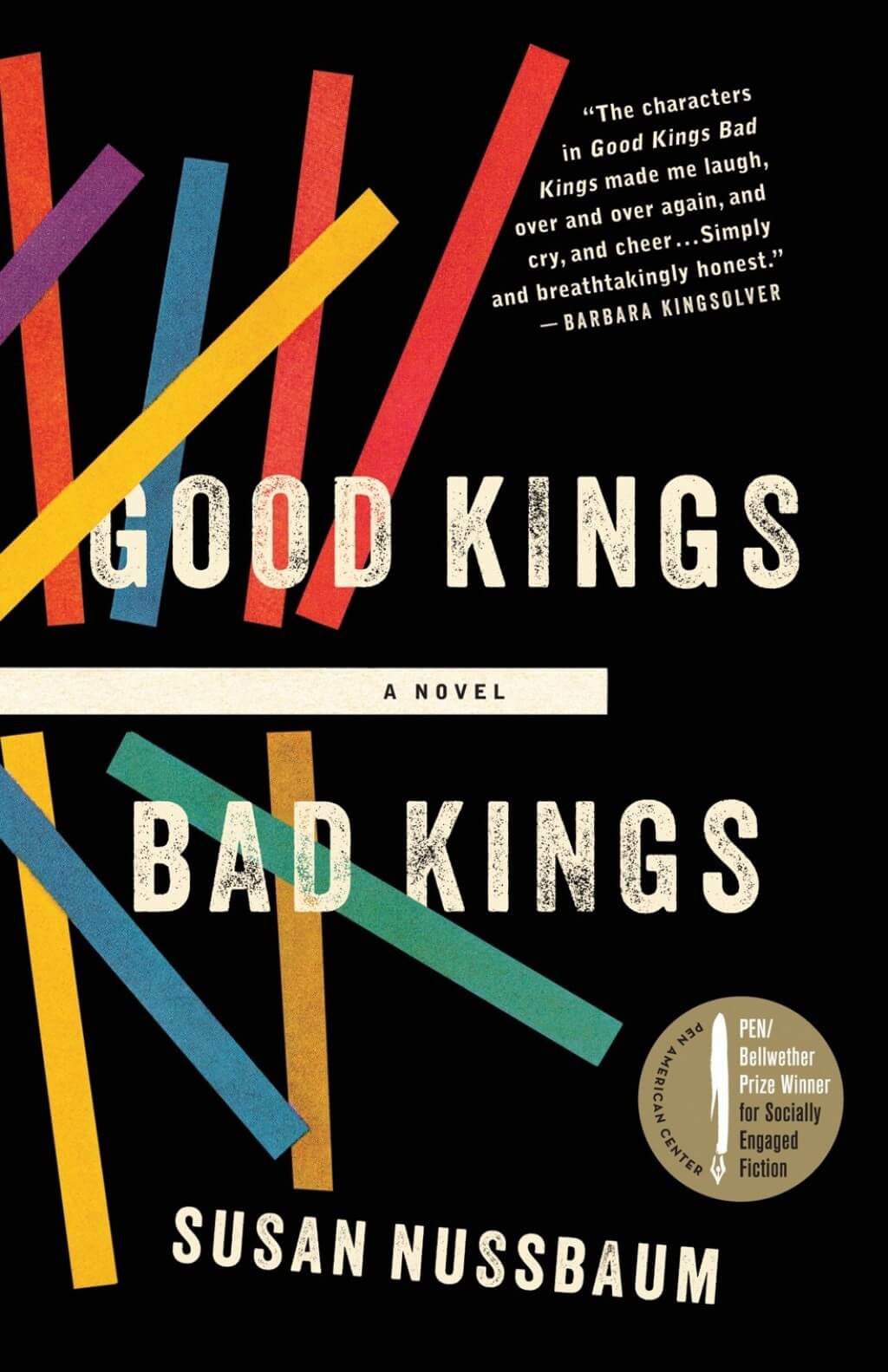Set in a contemporary institution for youths with disabilities, Good Kings Bad Kings (DB 77648 / BR 20410) is a novel that reveals the humanity of people the rest of society is too willing to ignore. There’s timid Mia, who was abused by her family, self-assured Yessenia, dapper Teddy, who wears a suit and tie every day, no matter the occasion, and Joanne, a woman with paraplegia who works at the facility doing data entry. Each character offers an authentic and vivid portrait of their humanity, but the overall effect is not to portray disabled people as a group with the same feelings, interests, and fears. Rather, Good Kings Bad Kings gives us strong, dignified human beings who persist despite their subjection to a culture of cruelty.
“They send people with physical challenges, but also retarded challenges, people been in accidents like brain accidents, or they’re blind or what have you. I do not know why they send us all to the same place but that’s the way it’s always been and that’s the way it looks like it will always be.”
Nussbaum tells it like it is in Good Kings Bad Kings. There are more than a handful of moments that range from uncomfortable to violent to sadistic. This nuanced, multi-perspective look at the institutionalization of people with disabilities is a necessary read.


